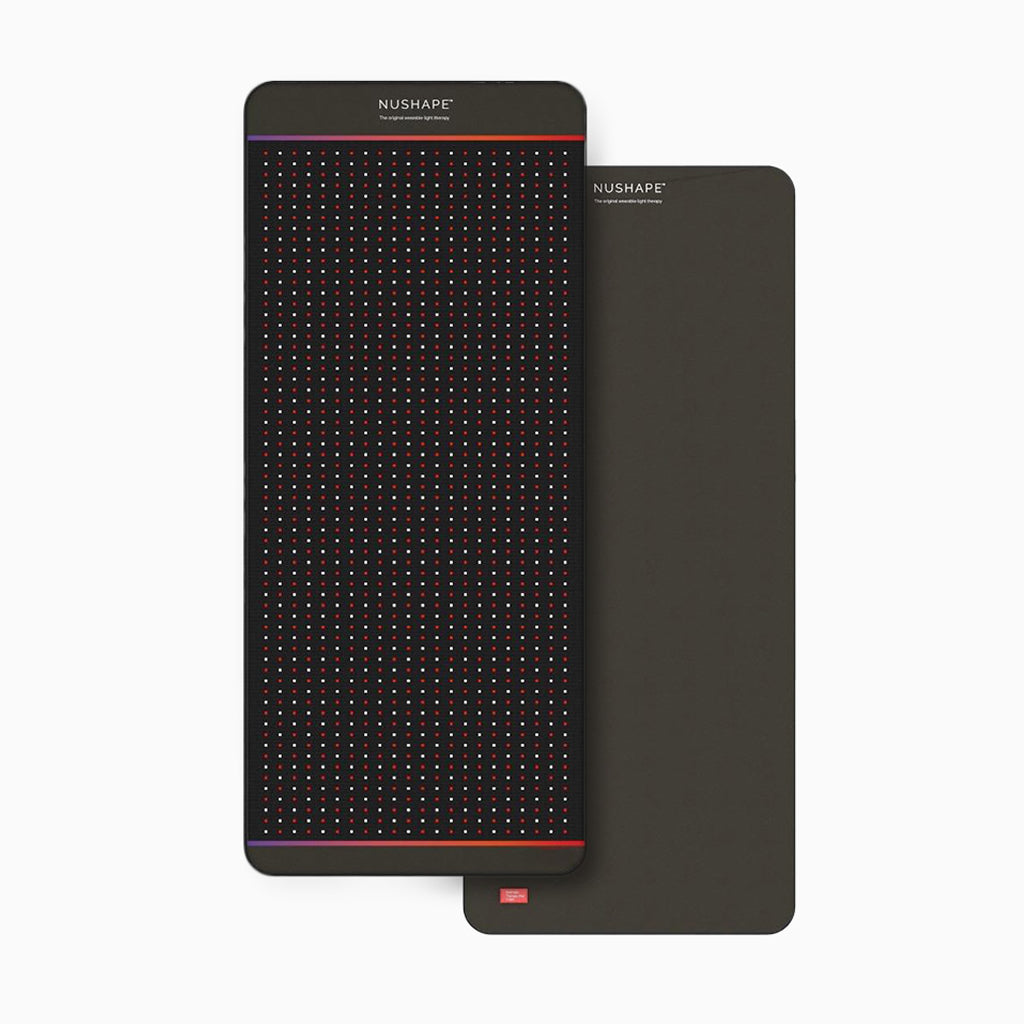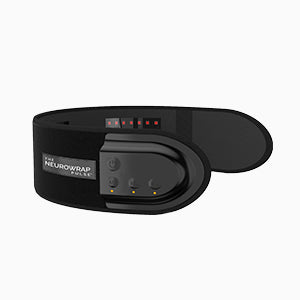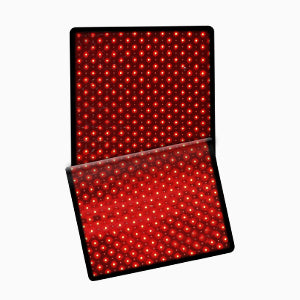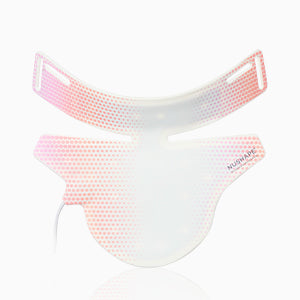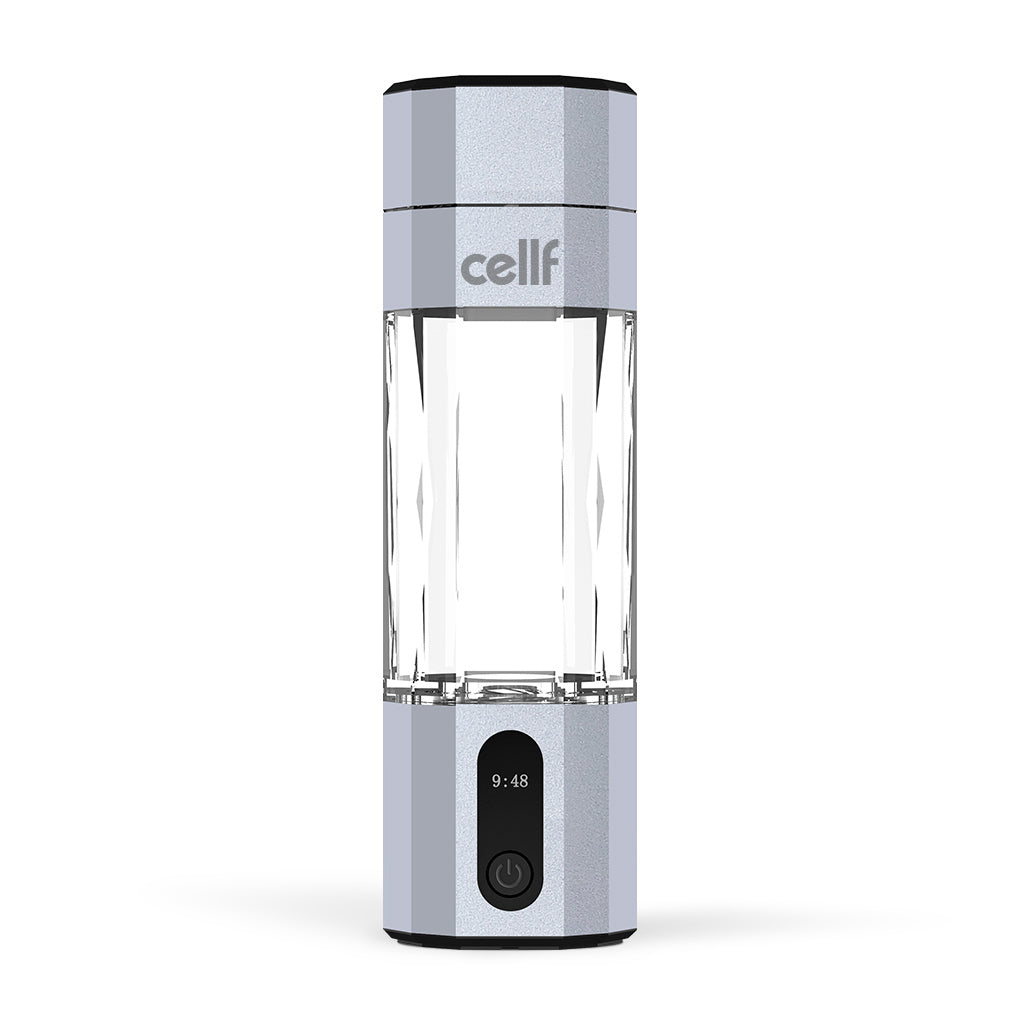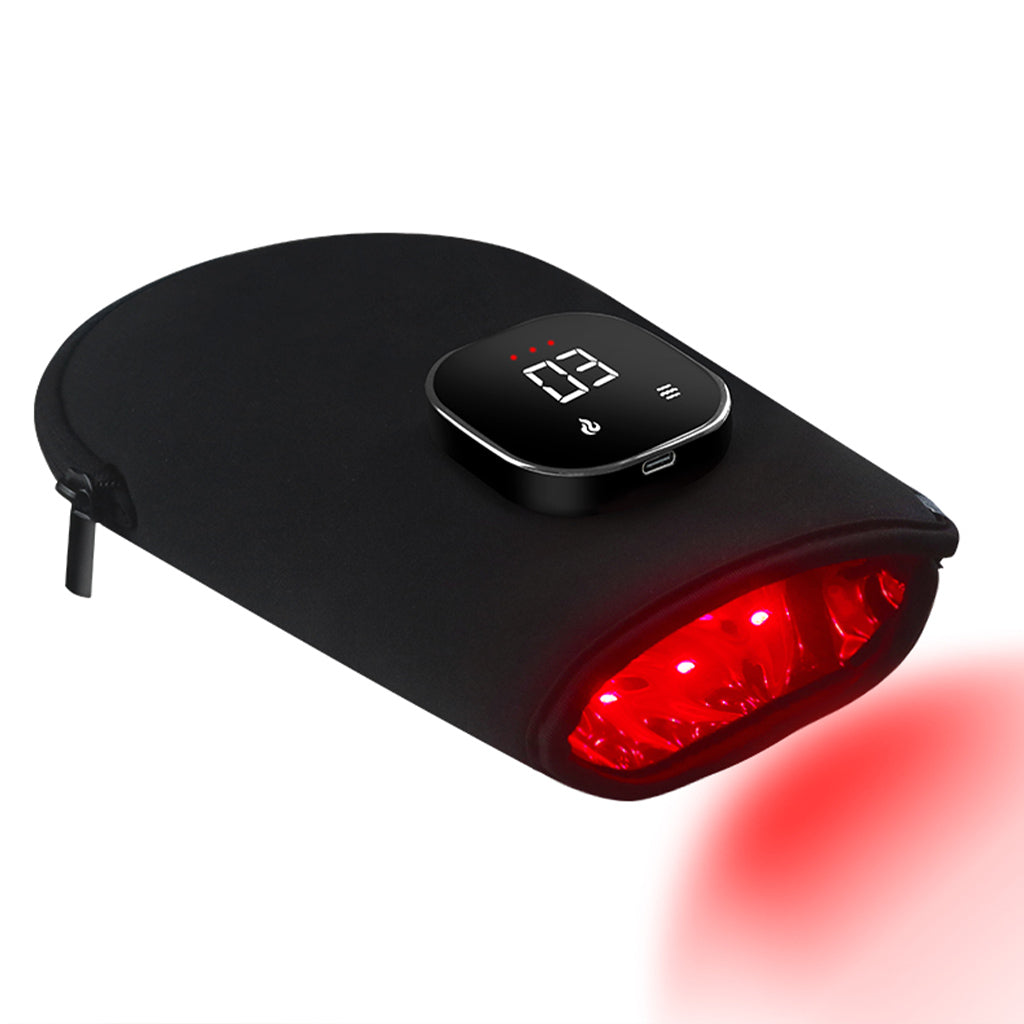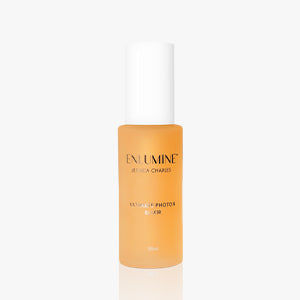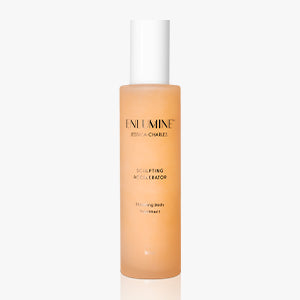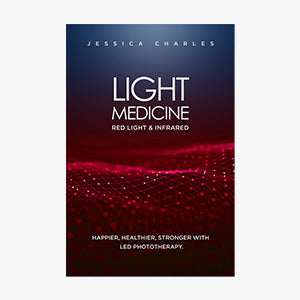
Multiple sclerosis (MS) is a chronic central nervous system (CNS) disease caused and mediated by the immune system, commonly affecting young adults. Characterized by a mixture of genetic and environmental factors, the prevalence is increasing mostly due to earlier detection and improved survival rates, besides the real rise in new case incidence.
The diagnosis is primarily clinical. There is no cure today, but in the field of disease-modifying treatment (DMT), several treatments can be promising in reducing relapses, slowing the MRI-detected build-up of lesions in the nervous system, and slowing the progression of disability.
Red light therapy is now shining as an effective tool for reducing MS symptoms and the progression of the disease. This is now looking promising in such a way that it requires, with all urgency, the importance of understanding MS mechanisms to allow patients to benefit from this therapy.
How does MS affect the nervous system?
In multiple sclerosis, the immune system of a person—led by the T-cells and working in concert with other types of immune cells—attacks and damages myelin, the insulating material around nerve fibers. This results in a huge, wide-ranging list of neurological problems, from very different kinds of muscular dysfunctions to loss of vision, pain, mood disorders, feelings of pins and needles, and loss of mobility.
How does red light therapy help for multiple sclerosis?
Red light therapy — also known as low-level laser therapy (LLLT) or photobiomodulation (PBM) — uses certain wavelengths of light to penetrate the skin and jumpstart cellular repair and production of energy.
Red light therapy has a positive influence on multiple sclerosis by its regulatory function of the inflammation process, regulation of activity in immune cells, mitochondrial functions, and also by inhibiting the free radical production, which finally leads to reduced neurological defects and improves patients' functional status.
Additionally, red light therapy excites the mitochondria—the powerhouses of the cell—to produce more adenosine triphosphate (ATP). When ATP production increases, it stimulates the cells, providing an increase in energy, and in consequence, ultimately it will be facilitating faster regeneration, decreasing inflammation, and increasing the functioning of key processes in the body necessary for the healing of any tissue of the body, all positive influences in the treatment of MS’s related symptoms.
Introducing the Therapy Mat
The best way to use red light therapy for multiple sclerosis is the Therapy Mat. Red light therapy mats are designed to combine the benefits of red light exposure with the convenience of home use.
The Therapy Mat is integrated with LED lights (diodes) that shine red and near-infrared lights, covering the body in these supposedly bioactive wavelengths claimed to boost cellular repair and overall energy production in the powerhouses of cellular mitochondria.
This adjustable mat includes a 660nm red light and 850nm infrared light. It also features 3 programs for one’s well-being, such as continuous light, recovery mode, and energy mode for that extra push.
Conclusion
Red light therapy mats are a helpful tool for administering red light therapy to conveniently manage multiple sclerosis in the comfort of one’s home. Those mats use red and near-infrared lights to induce cellular repair, increase energy production from mitochondria, and thereby allow two processes that are highly solicited in MS management.
The principle of photobiomodulation, which underpins red light therapy, is particularly relevant for MS patients as it promotes healing and increases cell viability through the stimulation of ATP synthesis. This would enhance the working of the nerves and, theoretically, reduce the inflammation and therefore the symptomatic set linked to MS.
Red light therapy mats, therefore, complement other tools in holistic management of multiple sclerosis, providing an easily applied method to support cellular health and reduce discomfort from neurological disturbances, aiming for improved quality of life and well-being.
Get the best state-of-the-art red light therapy mat on the Led PhotoTherapies website.

